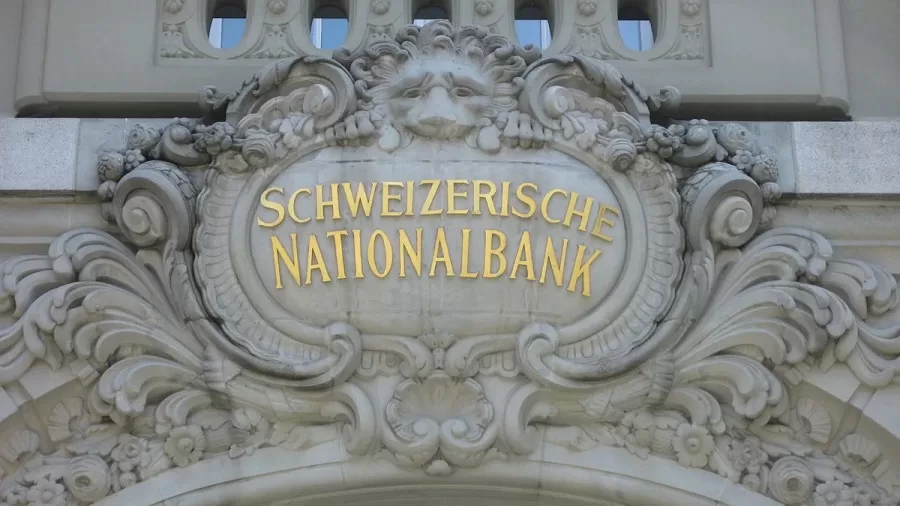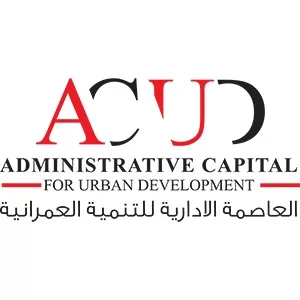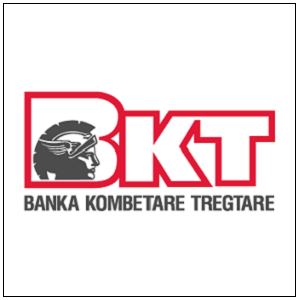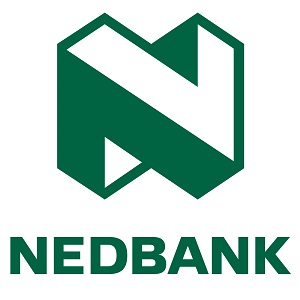Finance
Why Switzerland’s Return to Zero‑Interest Rates Matters Globally

- On 19 June 2025, the SNB cut its benchmark interest rate by 25 basis points to 0%, its sixth consecutive rate cut, the central bank having been confronted with deflation (–0.1% in May), a strong franc, and dim global economic prospects.
- So, the move has set Switzerland apart to be one of the first major economies to formally reinstate a zero-interest-rate policy against the backdrop of central bank divergence, with further easing and possibly negative rates still to be considered.
On 19 June 2025, the Swiss National Bank (SNB) cut its benchmark interest rate from 0.25% to 0%, a move anticipated by many analysts, marking the country’s return to a zero-interest-rate policy (ZIRP). The Swiss National Bank’s decision is a bold move for a nation long known for its storied tradition—chocolate, cheese and watches—but now increasingly defined by its monetary daring.
Why Switzerland Slashed Rates
1. Deflationary Pressures Intensify
Swiss inflation slid into negative territory in May 2025 (–0.1%), well below the SNB’s 2% target. That’s the first time in four years prices have fallen year‑on‑year. Falling energy and import costs—exacerbated by the franc’s surge—further suppressed inflation.
2. A Surging Franc
The Swiss franc has appreciated around 10–11% against the dollar in 2025 as it regained safe-haven appeal amid global turbulence. A stronger franc makes imports cheaper and chokes inflation, reinforcing the case for rate relief.
3. Global Economic Headwinds
Escalating trade tensions, US tariffs and slowing economic outlooks overseas weigh on Swiss exports. The SNB cited a “gloomy” global outlook as a key reason to act.
This marks the sixth consecutive rate cut since March 2024—a rapid pivot from a previous rate of 1.0% in early 2023. Though staying above negative rates, SNB leaders signalled they’re “on the brink” of going negative again if needed.
What Zero Rates Mean
Savers and Banks
Zero interest rates spell tough news for savers and pension funds, as returns on deposits vanish and, if negative rates return, could turn into fees. Swiss banks, already squeezed by faltering net interest margins in the negative rate era, now face new challenges: “Zero per cent is probably the most difficult scenario for banks.”
Exporters and Consumers
On the bright side, exporters benefit from a weaker franc, improving competitiveness abroad. Consumers also gain from cheaper imported goods, offering some inflation relief.
Exchange Rates & Foreign Intervention
The SNB emphasised that it remains “willing to be active in the foreign exchange market” to curb excessive franc strength alongside zero rates. However, wary of US scrutiny—the U.S. Treasury recently placed Switzerland on its currency watchlist—the bank prefers rate cuts over direct FX intervention to avoid accusations of manipulation.
Global Context: A Trend Toward Accommodative Policies
Switzerland’s move comes as part of a broader easing trend:
- Norway’s central bank surprised markets with a 25 bp cut to 4.25%.
- In contrast, the Bank of England held steady at 4.75%, halting four successive cuts, though signalling possible future reductions.
- Meanwhile, the Federal Reserve paused, keeping rates at 4.25–4.50%.
Switzerland is among the few major economies implementing fresh rate cuts; it may be the first major central bank since the pandemic to dip into zero territory.
What Comes Next
Staying at Zero — Or Going Negative?
The SNB signalled it will hold zero rates in the short term, with analysts forecasting stability for the next 12 months. But if deflation persists or global conditions deteriorate, a return to negative rates (as low as –0.25%) remains on the table.
Monitoring Inflation and FX
Central to their decision-making will be inflation data and currency trends. If the franc continues to surge, the SNB may choose to intervene or lower rates further—even reintroducing negative rates as a threat—to soften the currency.
Why This Matters Globally
- Investor sentiment shifts: Switzerland’s pivot to zero reflects broader caution among central banks as inflation cools and trade jitters persist.
- Currency crosswinds: Global FX markets are sensitive to these moves; a weaker US dollar or euro might follow, affecting international capital flows.
- Monetary policy experimentation: As central banks run out of interest-rate options, unconventional tools—like massive FX intervention or even fiscal-monetary coordination—are under renewed discussion.
In Summary: A Strategic Turn
Switzerland’s return to zero interest rates is a strategic response to deflation risks, a surging franc, and a fragile global economy. It injects short-term relief for borrowers and exporters but raises concerns for savers and financial institutions. As inflation remains subdued and currency pressures persist, the SNB will tread carefully, armed with zero rates and potentially negative rates again, to safeguard stability.
Switzerland’s monetary experiment illustrates how even the soundest economies are affected by global macro forces—and how central banks are leaning on ultra‑loose policies once again. Whether this heralds a cautious easing cycle across developed nations or paves the way for broader regulatory tactics remains to be seen.



















































